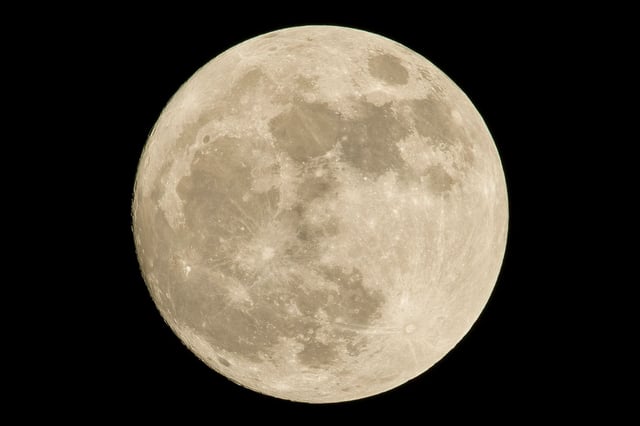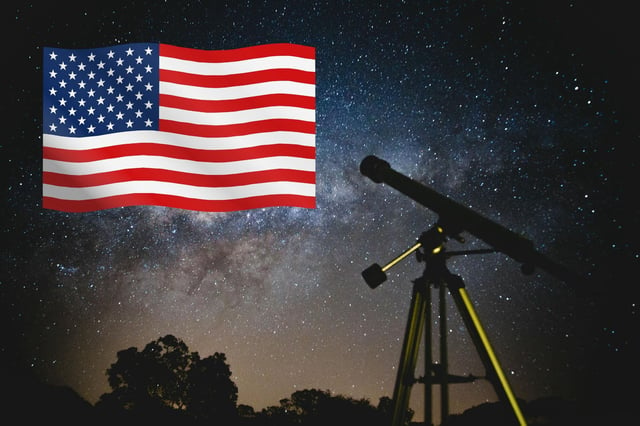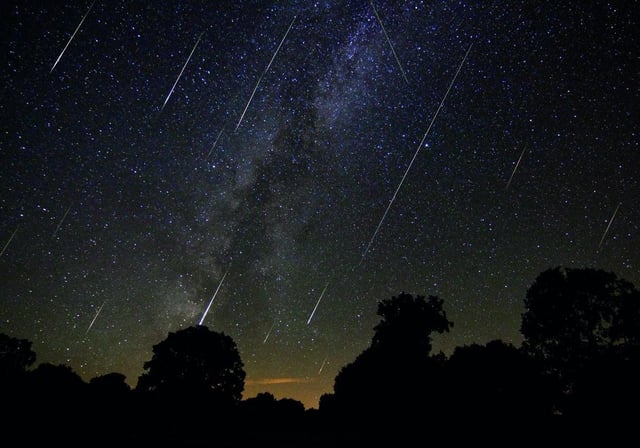Overview
- The Instituto Geográfico Nacional pins the Delta Aquariids’ peak on the night of July 30–31 as a thin crescent moon sets early
- The Instituto Nacional de Astrofísica, Óptica y Electrónica predicts clear-sky viewers could see as many as 25 meteors per hour at maximum intensity
- A concurrent Alpha Capricornids shower may contribute up to five additional shooting stars during the same pre-dawn window
- The spectacle shines brightest in the Southern Hemisphere but remains visible at lower rates across the Northern Hemisphere
- Optimal viewing demands a dark site with an unobstructed horizon and clear weather between midnight and dawn



